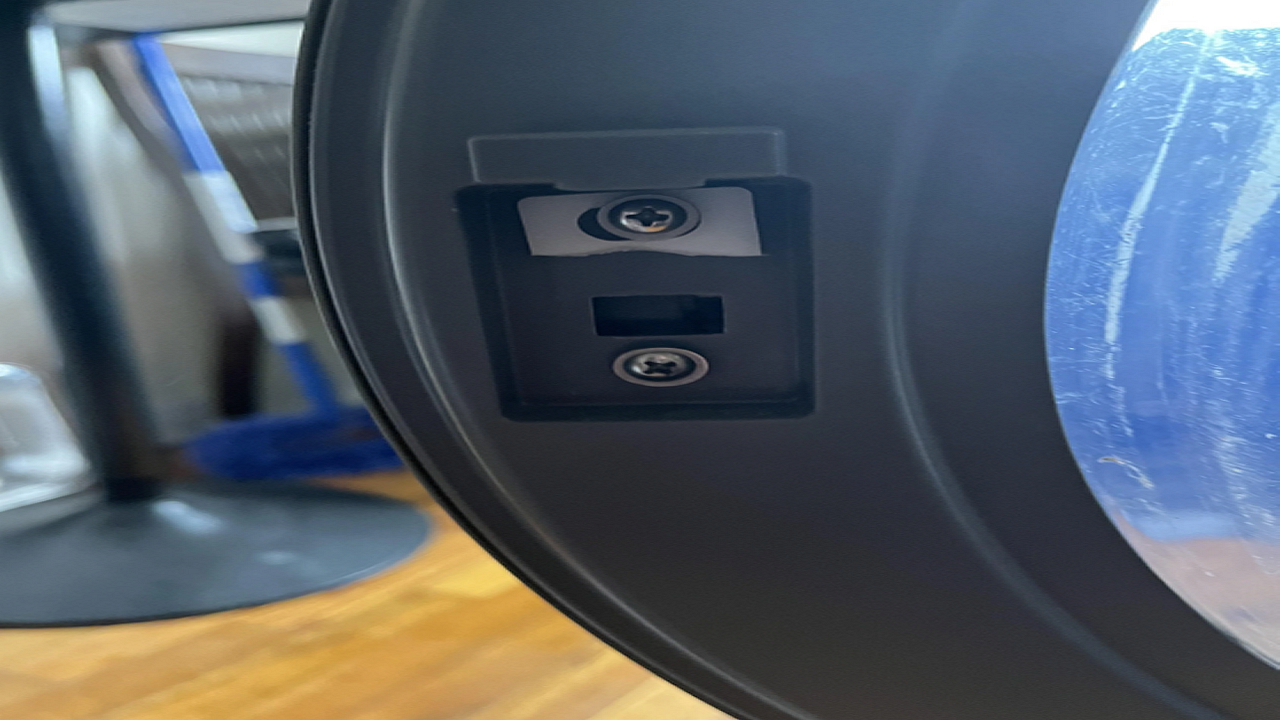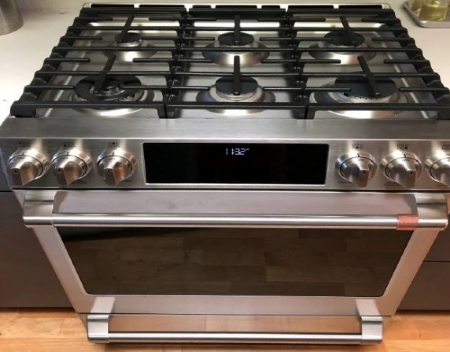Appliance Types
- Air Conditioner
- Automobile
- Chainsaw
- Circular Saw
- Dishwasher
- Drills
- Dryer
- Drywall Screw Gun
- Furnace
- Gas Fireplace
- Gas Grill
- Gas Patio Heater
- Grinder
- Heat Pump
- Impact Driver
- Impact Wrench
- Microwave
- Nailer
- Orbital Sander
- Pool Heaters
- Powerwall
- Range
- Refrigerator
- Television
- Washer
- Water Heater
Appliance Brands
- A.O. Smith
- AccuCold
- Admiral Craft
- AGA
- Airrex
- Amana
- Ambiance
- American Range
- American Standard
- American Water Heaters
- Aquacal
- Armstrong
- Asko
- Avanti
- Avenlur
- Azure
- Beko
- Bellfires
- Bertazzoni
- Blackstone
- Blaze
- Blomberg
- BlueStar
- Bosch
- Bradford White
- Bromic
- Bryant
- Cafe
- Calcana
- Capital
- Carrier
- Char-Broil
- Char-Griller
- Chrysler
- Coates
- Coleman
- Comfortmaker
- Commercial Chef
- Continental
- Cosmo
- Cove
- Crown Verity
- Dacor
- Daikin
- Danby
- Danfoss
- DaVinci
- DCS
- Deco
- DeWALT
- Ducane
- Dyna-Glo
- Dyson
- EcoSmart
- Electrolux
- Element4
- Empava
- Equator
- Eurodib
- European Home
- Everdure
- Farberware
- Fhiaba
- FibroPool
- Fire Sense
- Fisher
- FiveStar
- Flare
- Flash Furniture
- Focus
- Ford
- Forno
- Forte
- Frigidaire
- Fulgor Milano
- Gaggenau
- GE
- General Motors
- GlowBrand
- Goodman
- Grundig
- GSW
- Haier
- Hayward
- Heatstar
- Heil
- Hestan
- Hisense
- Hitachi
- Hotpoint
- iio
- Ilve
- Impecca
- Ingignia
- Insignia
- JennAir
- John Wood
- Keeprite
- Kenmore
- Kenyon
- KitchenAid
- Kucht
- La Cornue
- Lennox
- LG
- Liebherr
- Lifetime
- Lion
- Luxaire
- Lynx
- Magic Chef
- Marvel
- Maytag
- McQuay
- MicroFridge
- Midea
- Miele
- Migali
- Monogram
- Montigo
- Mr Heater
- Napoleon
- Navien
- Nexgrill
- Noritz
- Panasonic
- Patio Comforts
- Payne
- Pentair
- Perlick
- PITT
- Premier
- Raypak
- Real Fyre
- Regency
- Reliance
- Rheem
- Rinnai
- Roma
- Ruud
- Saber
- Samsung
- Schwank
- Sharp
- Smeg
- Solas
- Sony
- Spartherm
- Speed Queen
- StaRite
- State Water Heaters
- Stiebel Eltron
- SubZero
- Summerset
- Summit
- SunGlo
- SunPak
- Sunpentown
- SunStar
- Superiore
- Takagi
- TCL
- TEC
- Tempstar
- Tesla
- Thermador
- Thor Kitchen
- Toshiba
- Town and Country
- Toyota
- Traeger
- Trane
- Twin Eagles
- U-Line
- Unique
- Vaillant Group
- Valor
- Verona
- Victory
- Viessmann
- Viking
- Vizio
- Weber
- Westinghouse
- Whirlpool
- Whynter
- York
- ZLINE
Article Categories
- Air Conditioners
- Appliance Care
- Appliance News
- Dishwasher News
- Drying Machines
- Furnaces
- Gas Fireplaces
- Microwaves
- Pool Heaters
- Refrigerators
- Stoves - Ranges
- Tips and Tricks
- Washing Machines
- Water Heaters
More Articles
How do I clean the condenser coils on my refrigerator?
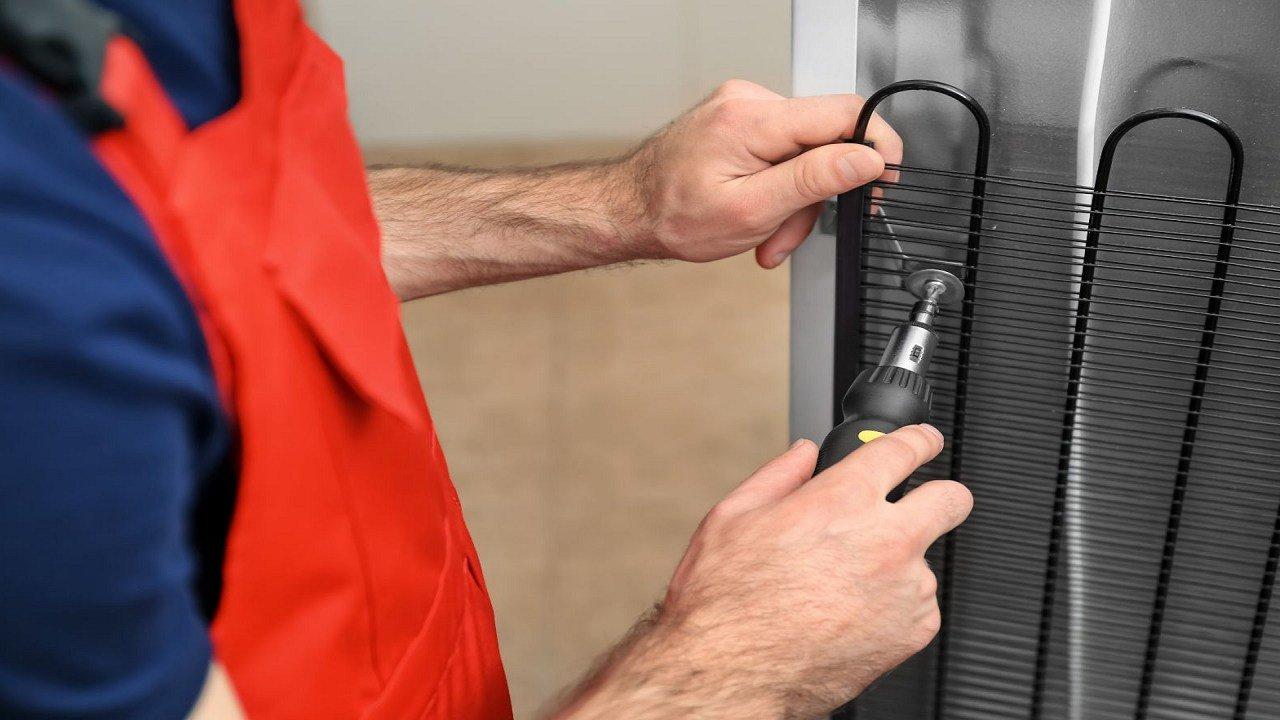
Cleaning the condenser coils on your refrigerator is an important maintenance task that helps improve the appliance's efficiency and lifespan. Over time, dust, dirt, and debris can accumulate on the coils, causing the refrigerator to work harder to cool properly. Here's how you can clean the condenser coils:
Materials Needed:
Vacuum cleaner with a brush attachment
Condenser coil brush (can be purchased at hardware or appliance stores)
Soft bristle brush or old toothbrush
Screwdriver (if needed to remove access panel)
Steps:
Safety Precautions:
Before starting, unplug the refrigerator from the power outlet to ensure your safety.If your refrigerator has a water dispenser or ice maker, turn off the water supply to prevent any accidental leaks.
Locate the Coils:
The condenser coils are typically located on the back of the refrigerator or beneath the refrigerator behind a grille.
Access the Coils:
Depending on the refrigerator model, you may need to remove an access panel or grille to access the coils. Use a screwdriver to remove any screws or clips holding the panel in place.
Vacuuming:
Use a vacuum cleaner with a brush attachment to gently remove loose dirt, dust, and debris from the coils. Be careful not to apply too much pressure to avoid damaging the coils.
Brushing:
Use a condenser coil brush or a soft bristle brush to further clean the coils. Gently brush along the coils to dislodge any stubborn dirt or debris. Make sure to clean between the coils and in tight spaces.
Detail Cleaning:
For more thorough cleaning, you can use an old toothbrush to clean hard-to-reach areas and corners of the coils.
Check the Drip Tray:
If your refrigerator has a drip tray located beneath the coils, remove it and clean it thoroughly. Empty any water and clean the tray with warm soapy water.
Reassemble:
Once you've finished cleaning, reassemble any access panels or grilles that you removed.
Plug the Refrigerator Back In:
Plug the refrigerator back into the power outlet.
Check for Proper Function:
Turn the refrigerator back on and listen for normal operation. Ensure that the cooling is working as expected.
Frequency of Cleaning: Cleaning the condenser coils should be done at least once or twice a year, depending on factors such as the environment and pet hair in your home. If you have pets, it may be necessary to clean the coils more frequently.
Regularly cleaning the condenser coils can help maintain the efficiency of your refrigerator and prevent unnecessary strain on the appliance's cooling system.

Cleaning the condenser coils on your refrigerator is an important maintenance task that helps improve the appliance's efficiency and lifespan. Over time, dust, dirt, and debris can accumulate on the coils, causing the refrigerator to work harder to cool properly. Here's how you can clean the condenser coils:
Materials Needed:
Vacuum cleaner with a brush attachment
Condenser coil brush (can be purchased at hardware or appliance stores)
Soft bristle brush or old toothbrush
Screwdriver (if needed to remove access panel)
Steps:
Safety Precautions:
Before starting, unplug the refrigerator from the power outlet to ensure your safety.If your refrigerator has a water dispenser or ice maker, turn off the water supply to prevent any accidental leaks.
Locate the Coils:
The condenser coils are typically located on the back of the refrigerator or beneath the refrigerator behind a grille.
Access the Coils:
Depending on the refrigerator model, you may need to remove an access panel or grille to access the coils. Use a screwdriver to remove any screws or clips holding the panel in place.
Vacuuming:
Use a vacuum cleaner with a brush attachment to gently remove loose dirt, dust, and debris from the coils. Be careful not to apply too much pressure to avoid damaging the coils.
Brushing:
Use a condenser coil brush or a soft bristle brush to further clean the coils. Gently brush along the coils to dislodge any stubborn dirt or debris. Make sure to clean between the coils and in tight spaces.
Detail Cleaning:
For more thorough cleaning, you can use an old toothbrush to clean hard-to-reach areas and corners of the coils.
Check the Drip Tray:
If your refrigerator has a drip tray located beneath the coils, remove it and clean it thoroughly. Empty any water and clean the tray with warm soapy water.
Reassemble:
Once you've finished cleaning, reassemble any access panels or grilles that you removed.
Plug the Refrigerator Back In:
Plug the refrigerator back into the power outlet.
Check for Proper Function:
Turn the refrigerator back on and listen for normal operation. Ensure that the cooling is working as expected.
Frequency of Cleaning: Cleaning the condenser coils should be done at least once or twice a year, depending on factors such as the environment and pet hair in your home. If you have pets, it may be necessary to clean the coils more frequently.
Regularly cleaning the condenser coils can help maintain the efficiency of your refrigerator and prevent unnecessary strain on the appliance's cooling system.
How can I clean a microwave oven effectively?
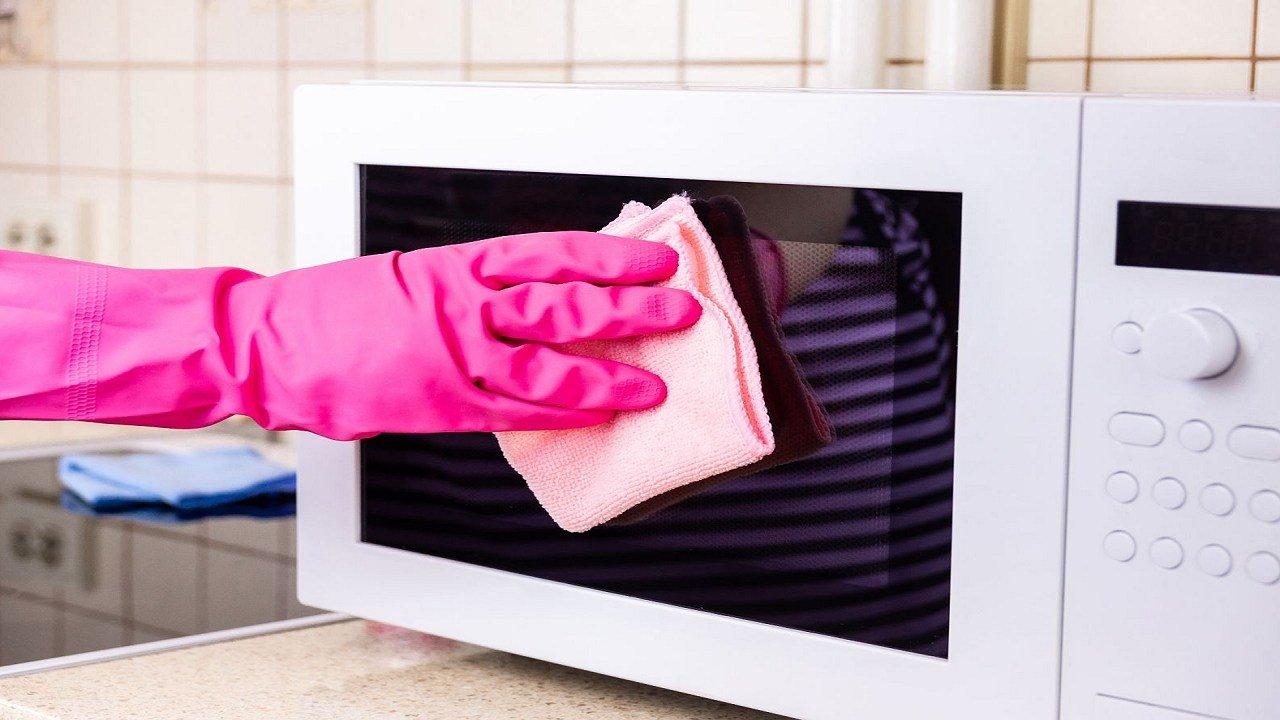
Samsung Recalls Over 1 Million Electric Ranges Due To Fire Hazard
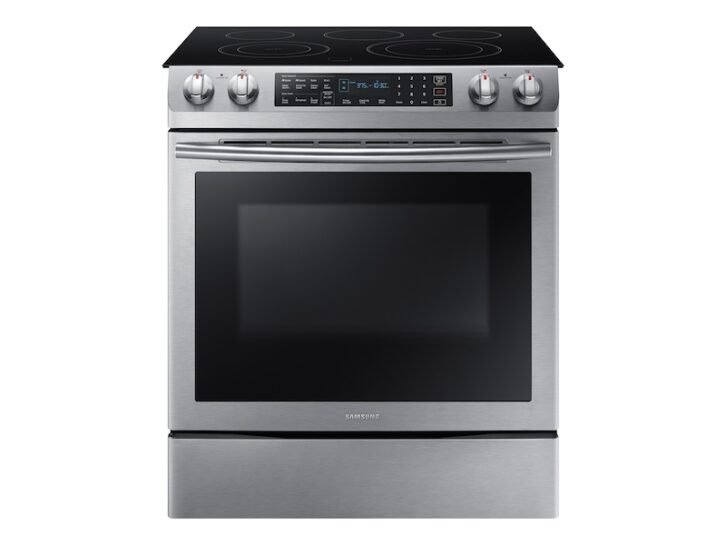
What does it mean if your furnace is making a weird noise?
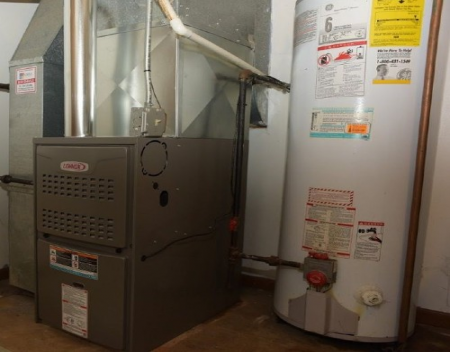
Keeping Your Child Safe Around the Washer
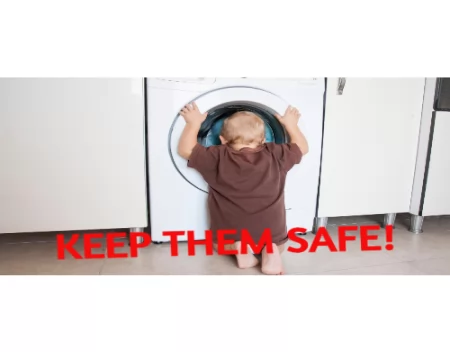
New LG Front Loading Washer in High Spin Cycle is Crazy Loud
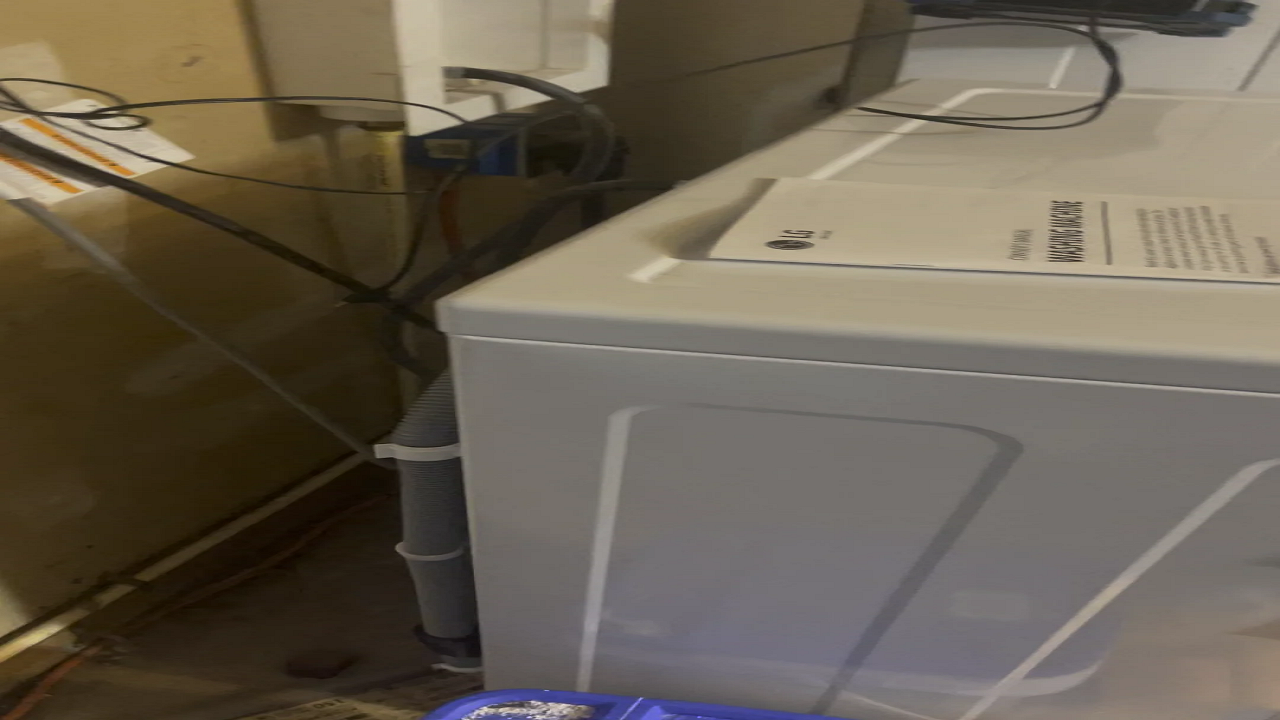
Pros and Cons of a Stackable Wash and Dryer
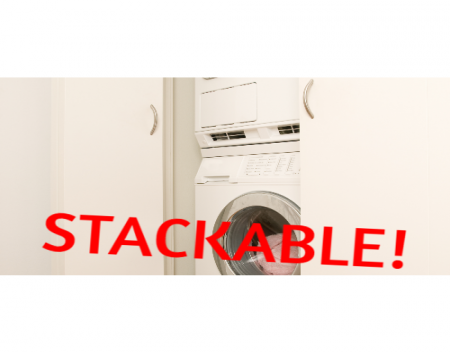
Whirlpool EMEA certified Top Employer Europe 2022

Five Common Issues With Dishwashers
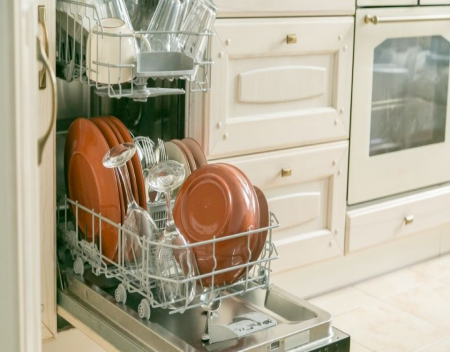
My washing machine will not work
